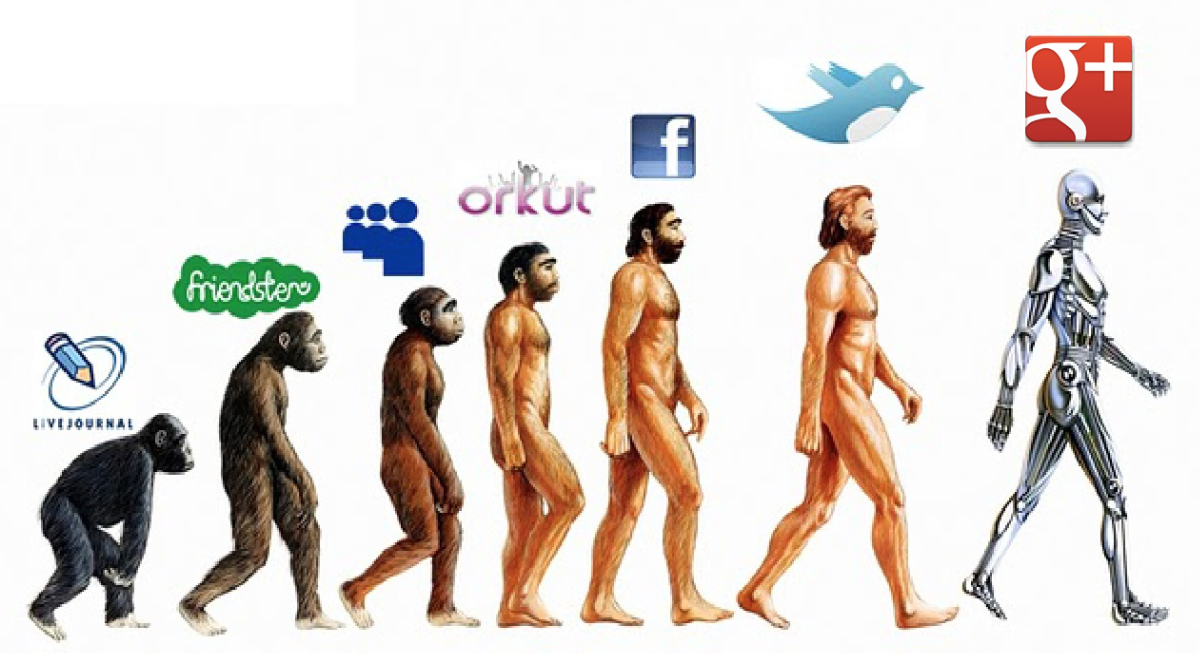
App marketers know the rule of thumb, It’s always more expensive to acquire new users than to keep existing ones. This makes mobile app user “churn” an important metric because it reveals how many people stop using an app within a certain time period. Churn is the inverse of retention, another important metric to track when you’re assessing the performance of both your app itself and the effectiveness of your marketing campaigns to attract engaged users.
A Closer Look at Churn
According to statistics reported by Business Insider, mobile app user churn jumps from 63 percent one month after installing an app to 78 percent three months after the initial install. To frame this same statistic another way, 37 percent of users return to an app one month after they initially installed it; 22 percent are still continuing to use the app after the third month
Of course, churn rates also vary based on factors specific to various apps like functionality and cost. For example, popular music streaming app Spotify had a churn rate of 5.1 percent among Premium subscribers in the last quarter of 2017. App-based food delivery services like Blue Apron reportedly experience higher churn rates around 12 percent monthly.
Above all, it’s important for marketers to use benchmarks to gauge how their churn rates stack up against similar apps, and to track retention closely over time.
In addition, consider these three tips for reducing mobile app user churn.
#1 – Acquire Users Most Likely to Engage
Churn occurs when users become inactive for a sustained period of time or delete an app altogether. There are many reasons this can occur—sometimes people simply become busy or need more storage space on their devices. But churn can also represent a misalignment between those who are installing an app and its features and services. In other words: Are you marketing toward the right people, i.e. those who are likely to actually engage with your app?
Thanks to modern data analytics, marketers can now target prospective mobile users displaying similar characteristics to current users. Since members of this so-called “target lookalike audience” share demographic and behavioral characteristics with your engaged user base, serving them personalized ads increases the likelihood you’ll acquire users who actually use your app rather than contribute to churn after the initial install.
#2 – Retarget Lapsed Users
Even if a user stops engaging with your app after installing it, there is still an opportunity to re-engage them. One strategy for app re-engagement is mobile ad retargeting, which hinges on serving personalized ads specifically to inactive users or people who have deleted your app altogether. These ads aim to pull mobile users back into the funnel by reminding them what they’re missing.
For example, a travel app could notify a user who previously browsed flights about a special, limited-time airfare deal. Seeing this ad from a familiar app may prompt this user to compare prices and finally book that trip they’d been eyeing.
This is an article provided by our partners’ network. It might not necessarily reflect the views or opinions of our editorial team and management.
Contributed content

Founder Dinis Guarda
IntelligentHQ Your New Business Network.
IntelligentHQ is a Business network and an expert source for finance, capital markets and intelligence for thousands of global business professionals, startups, and companies.
We exist at the point of intersection between technology, social media, finance and innovation.
IntelligentHQ leverages innovation and scale of social digital technology, analytics, news, and distribution to create an unparalleled, full digital medium and social business networks spectrum.
IntelligentHQ is working hard, to become a trusted, and indispensable source of business news and analytics, within financial services and its associated supply chains and ecosystems




























